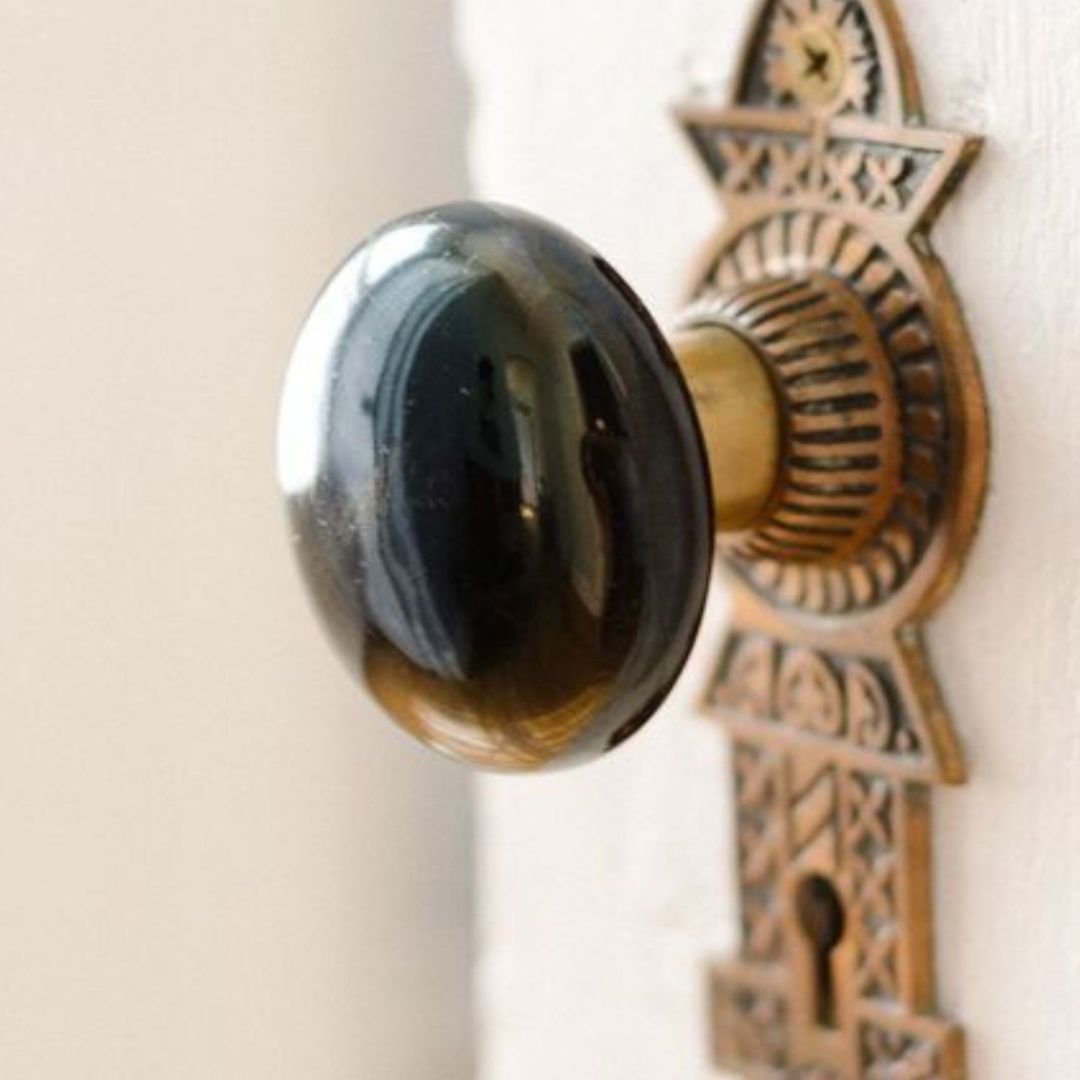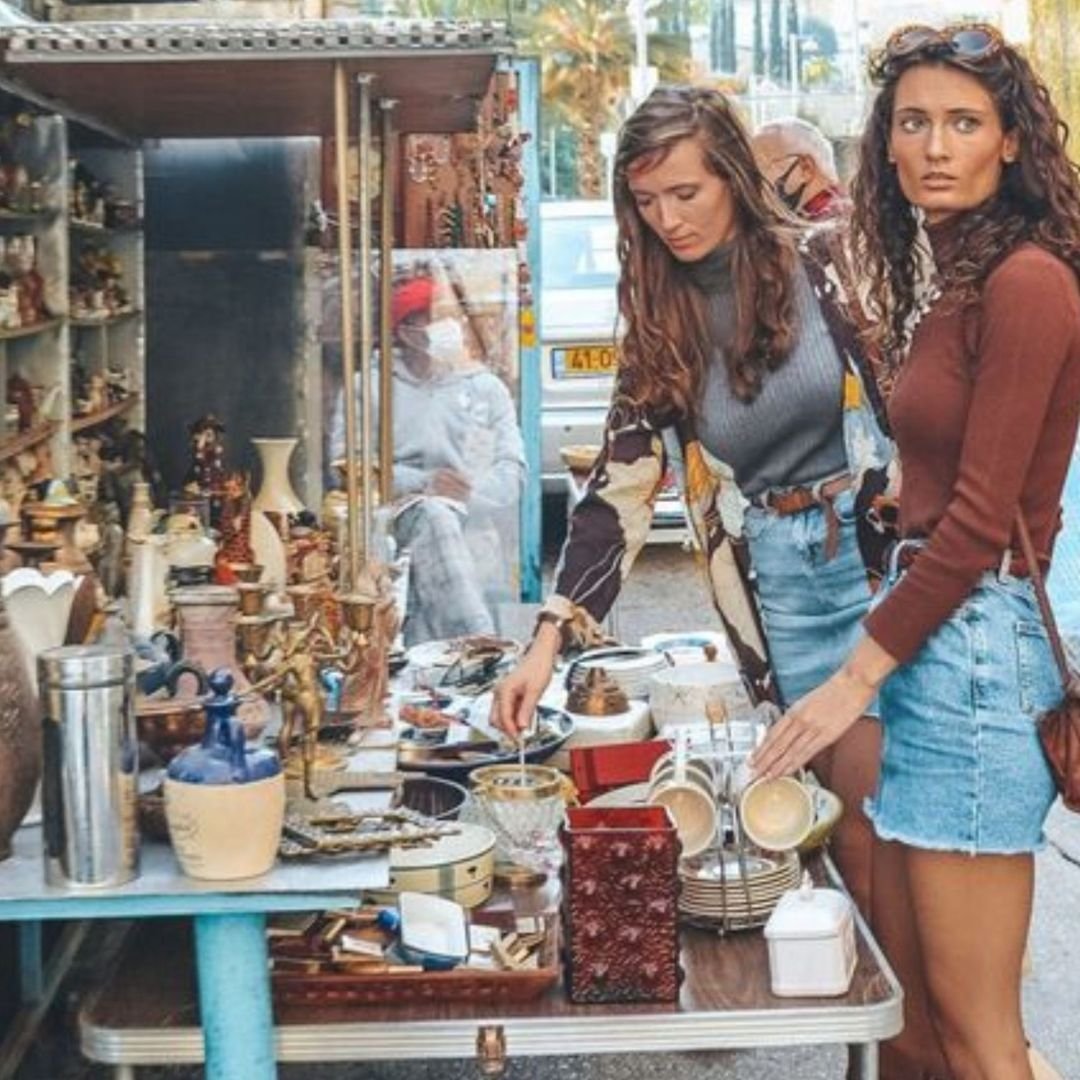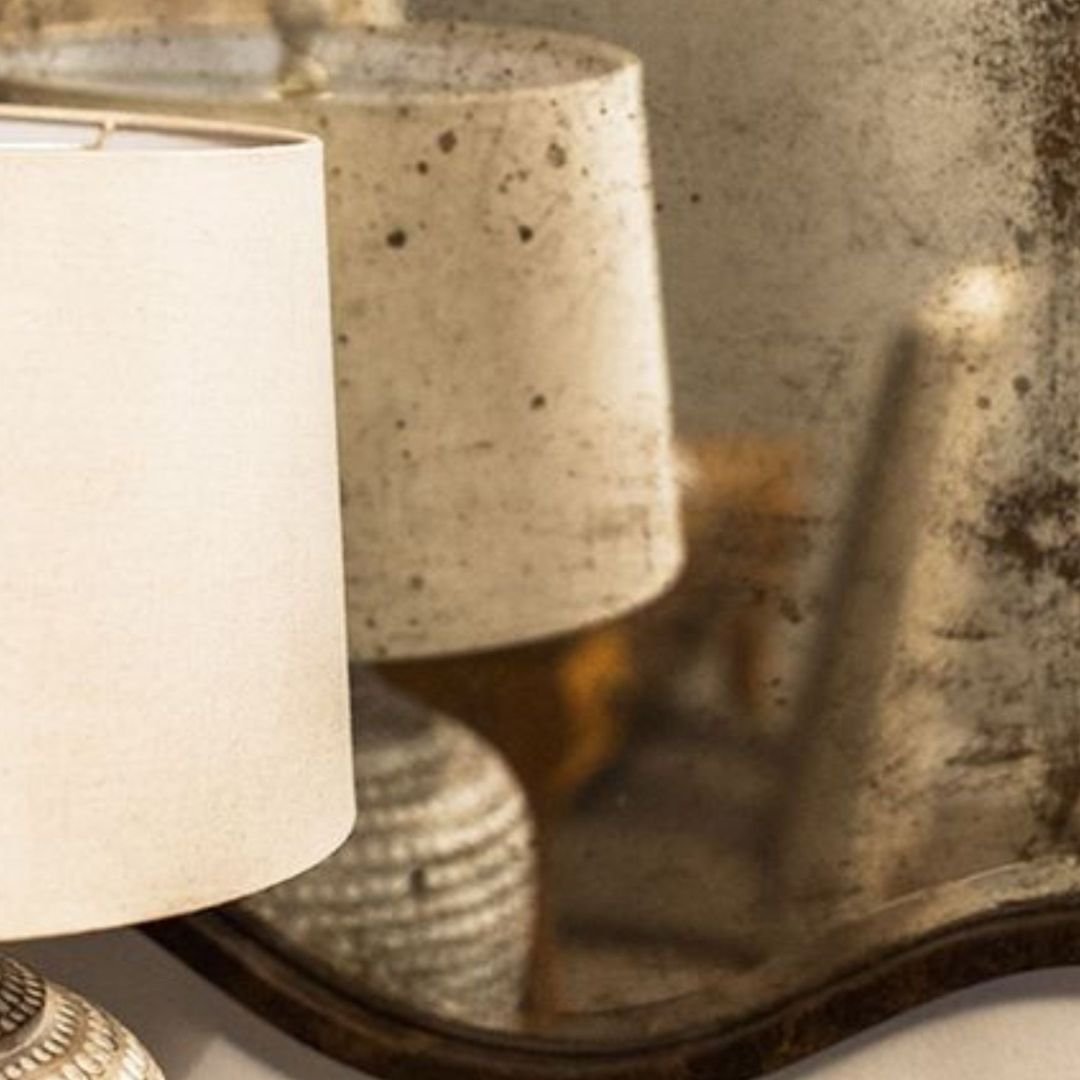Unique Items Designers Should be Sourcing from Flea Markets
/You've nailed down the practical aspects of your design project—the layout, the mood, and all the essentials. But what about adding that extra touch, a piece that stands out, that becomes the focal point of your client's space and remains etched in their memory? Sometimes, the answer doesn't lie in the aisles of big-box stores or the price tags of lavish vintage boutiques. No, you need to venture into a world of hidden treasures—the flea market. Not only do these pieces steal the show, but they also come with an eco-friendly and budget-conscious tag. But, what kind of items are best sourced from a flea market? Let's dive in!
Light Fixtures
Lighting can transform a room's ambiance and personality, and the flea market is a treasure trove of distinctive fixtures. Unearth retro lamps, chandeliers, or sconces that infuse character into your space. Just remember to have your electrician give them the once-over for safety's sake.
Mirrors
Mirrors are more than just reflective surfaces; they are statement pieces that play with light and space. While you're likely familiar with the concept, a vintage mirror can take your design to a whole new level. The little imperfections, wear, and signs of age can give it an added layer of charm and character.
Artwork
Flea markets boast an eclectic array of artwork from various eras and styles. You can juxtapose a vintage piece with a modern frame for a striking contrast, or keep the ornate frames for a touch of sophistication. If you have a keen eye, you might even score a valuable piece at a fraction of its worth.
Decorative Objects
Want to add a personal touch that sparks conversations? Flea markets offer quirky collectibles, from vintage cameras to antique globes. Your clients will appreciate the nostalgia these items bring to their space.
Tableware
Elevate your client's dining experience with vintage tableware. Delicate teacups and elegant silverware are waiting to be discovered, letting you create a dining setting that exudes extraordinary flair. Mix and match for a bohemian vibe or aim for a more cohesive, vintage look.
Hardware
Cabinet and drawer pulls and knobs usually age gracefully, and their unique shapes and designs can revamp the appearance of an otherwise basic piece of furniture, allowing you to “upcycle” even the simplest items.
Salvaged Architectural Elements
Flea markets are where you'll stumble upon architectural salvage pieces like ornate doors, stained glass windows, vintage mantels, wooden beams, and wrought-iron railings. Incorporating these elements into your designs adds a layer of history and craftsmanship that's impossible to replicate with new materials.
Reclaimed Wood Furniture
There's an undeniable charm to furniture with a backstory. Reclaimed wood tables, chairs, and cabinets are eco-friendly and brimming with character. Look for pieces with good bones that might need some TLC—sanding and a fresh coat of paint or stain can transform them into custom pieces your clients will adore.
Now that you're itching to explore the world of flea markets, here are a few tips for successful shopping:
Do Your Research: Know when and where the best flea markets in your area take place. Some markets specialize in specific items, allowing you to tailor your search for the perfect finds.
Inspect Thoroughly: Examine potential purchases carefully for any damage or signs of wear. If you're considering a significant buy, consider bringing along a knowledgeable friend or even having a professional inspection.
Negotiate Smartly: Don't be shy about bargaining; it's all part of the flea market experience. Be polite but firm in your negotiations. Sellers often expect a little back-and-forth, so you might just score a better deal.
Happy Hunting!
xx, Danae



